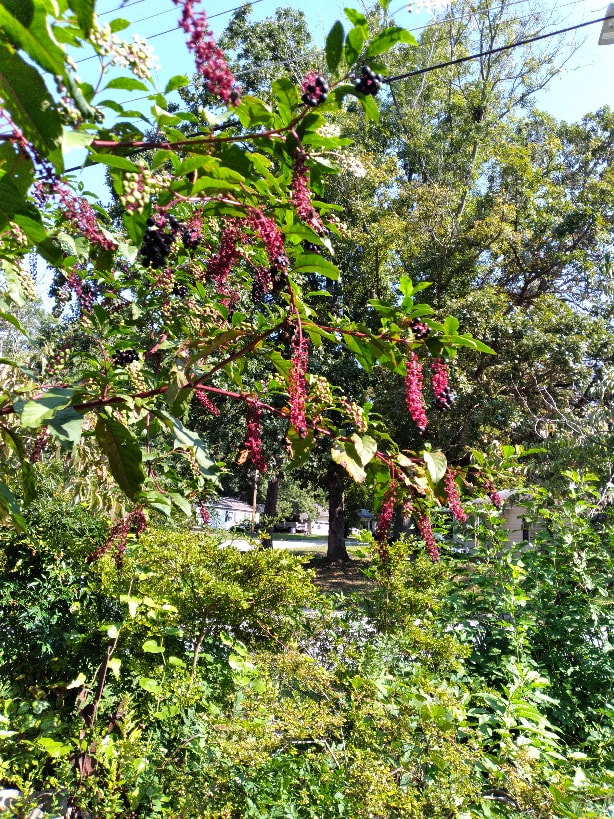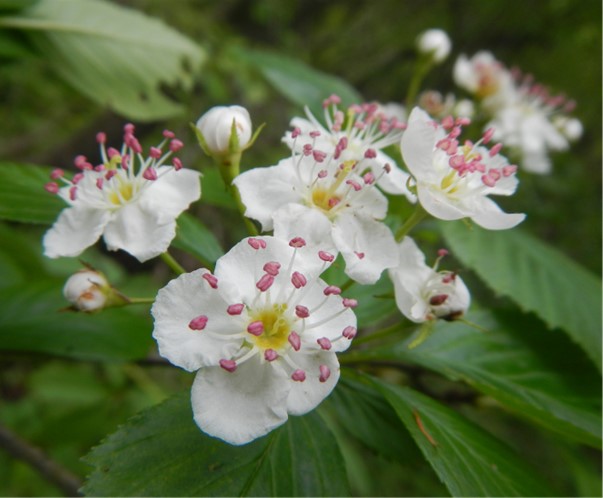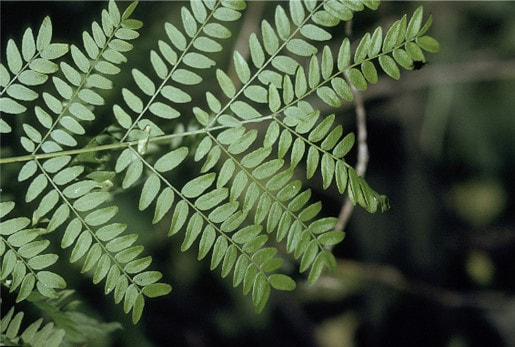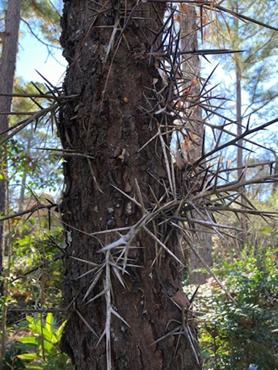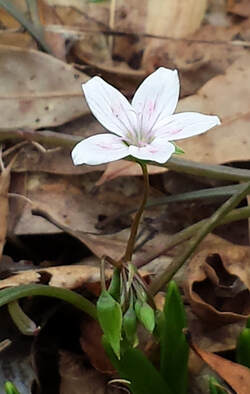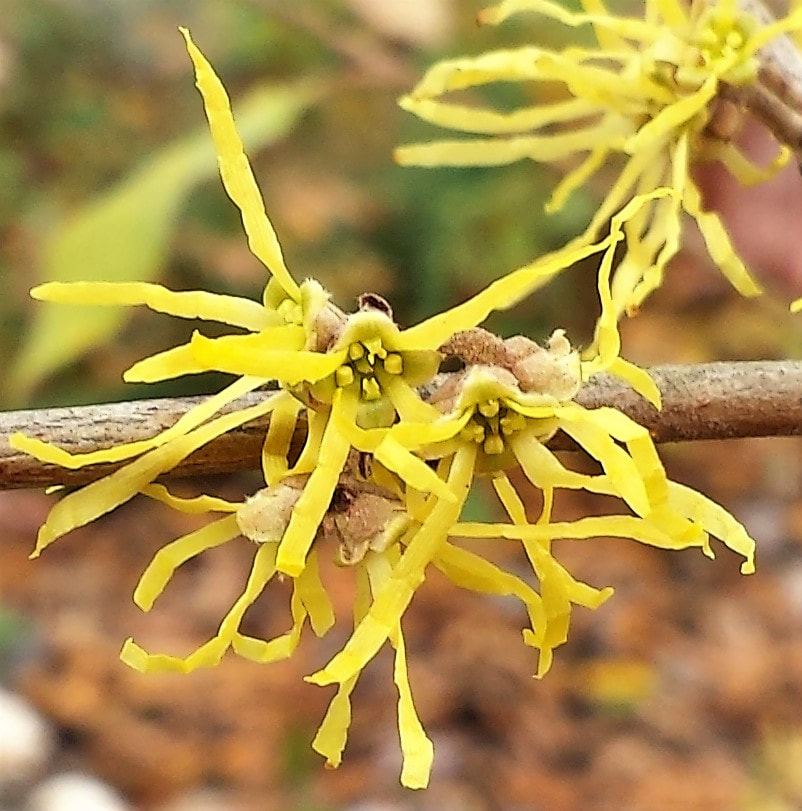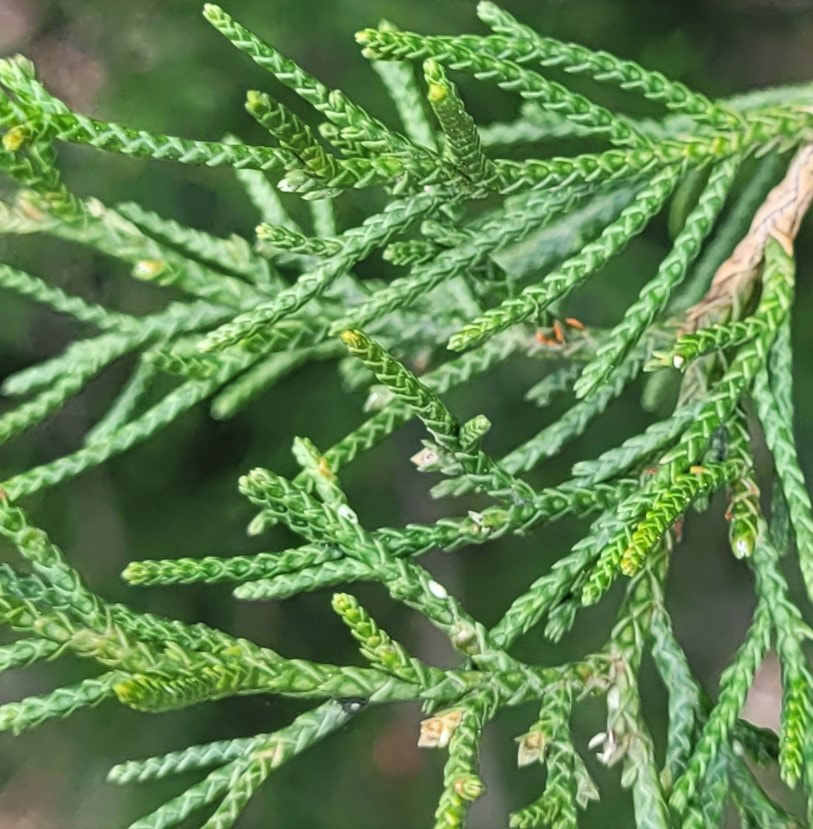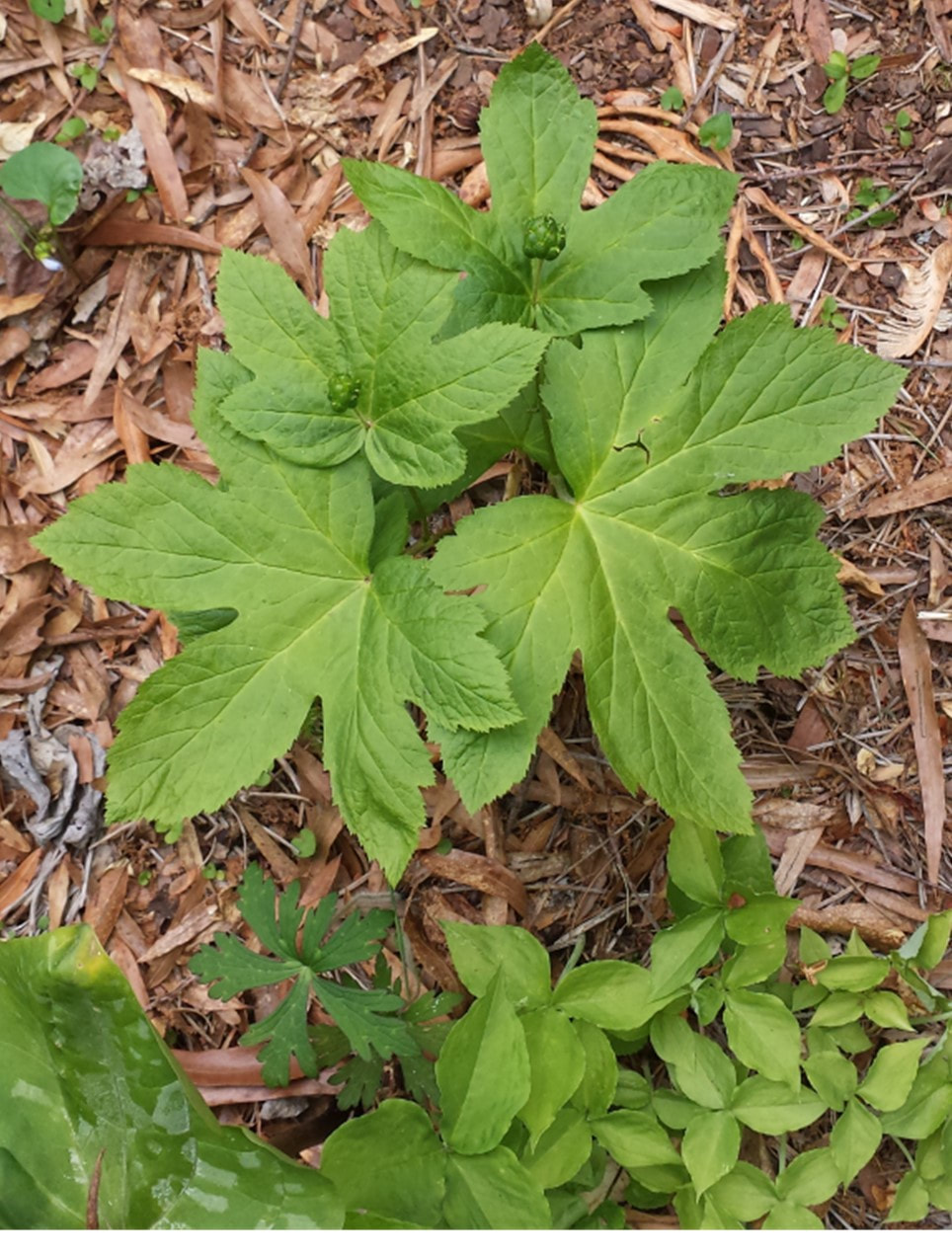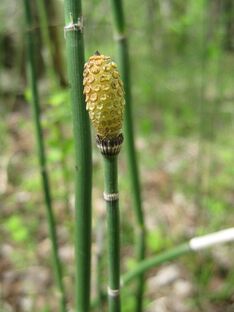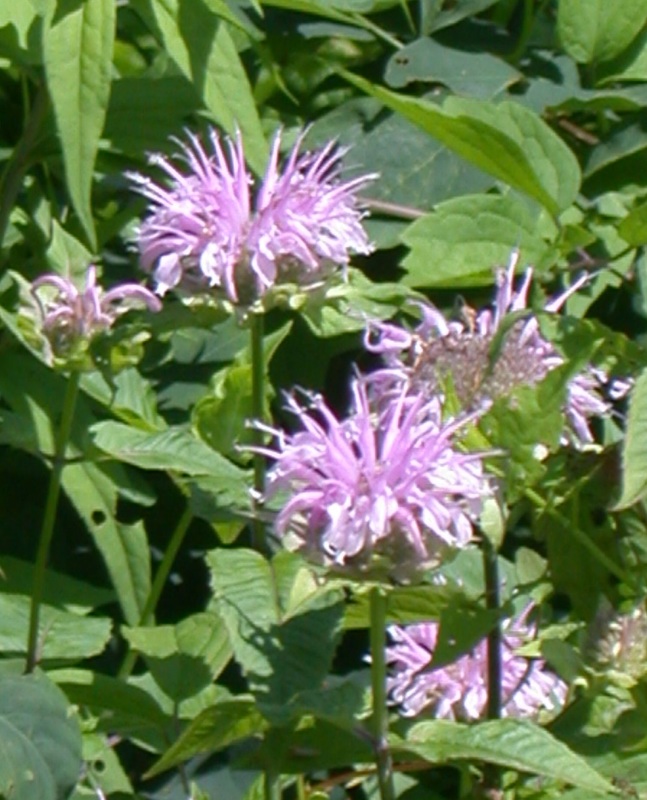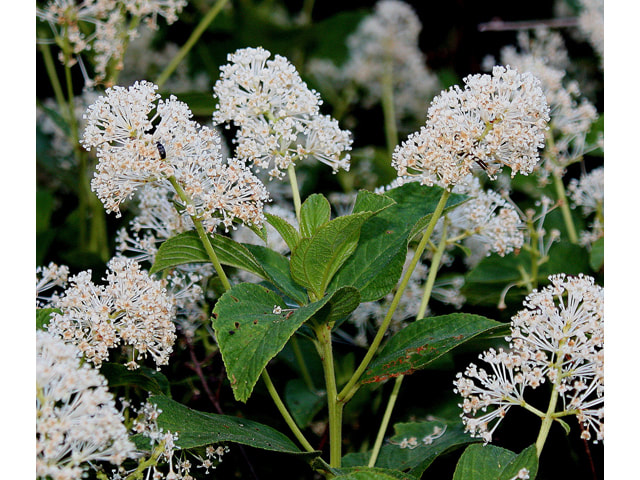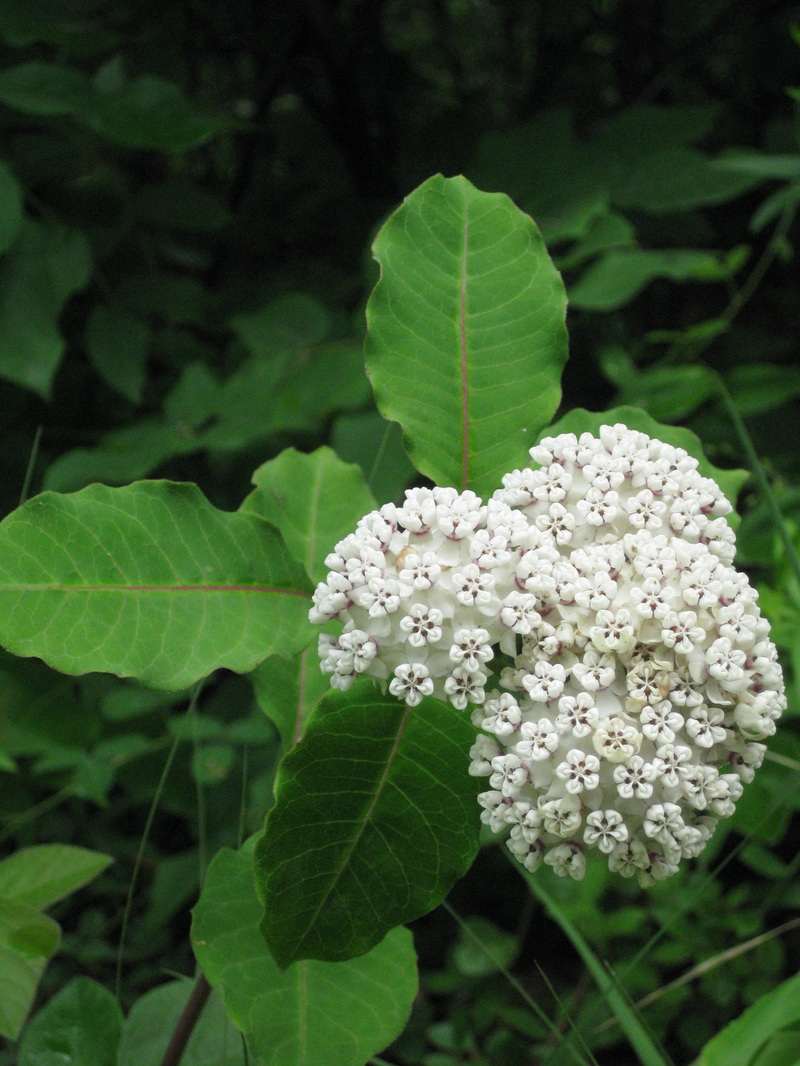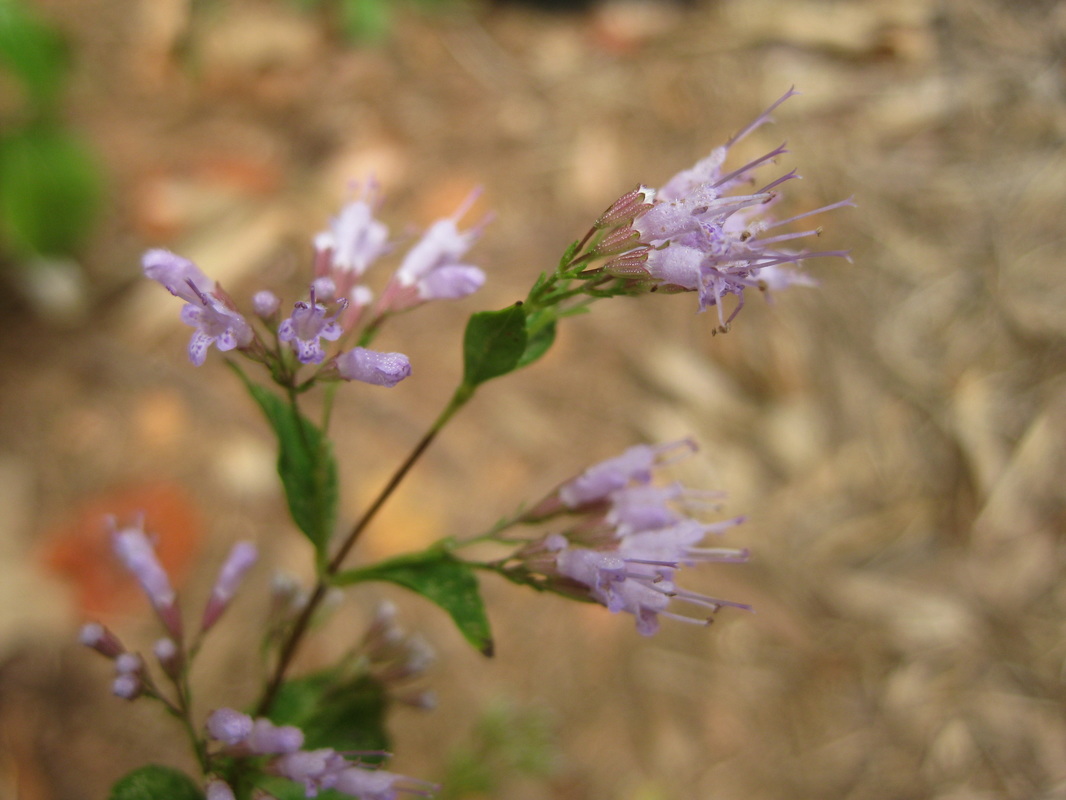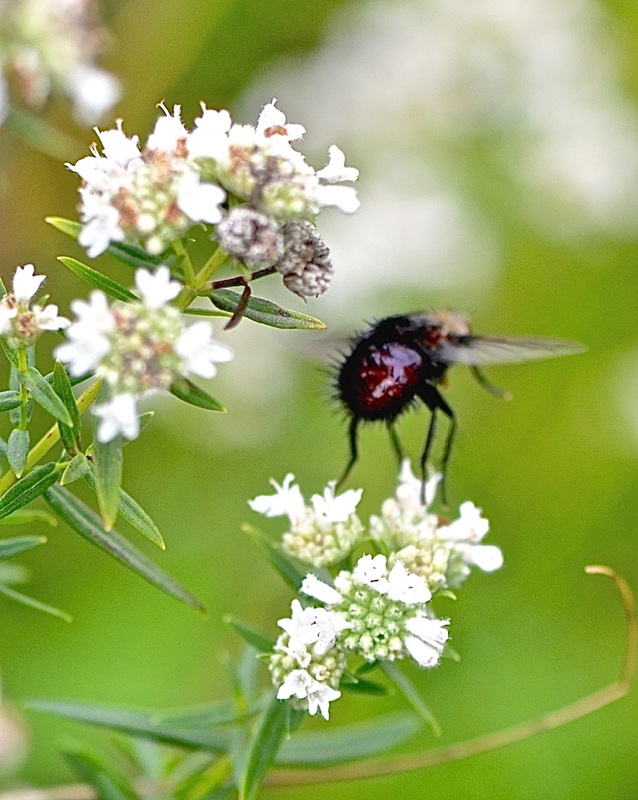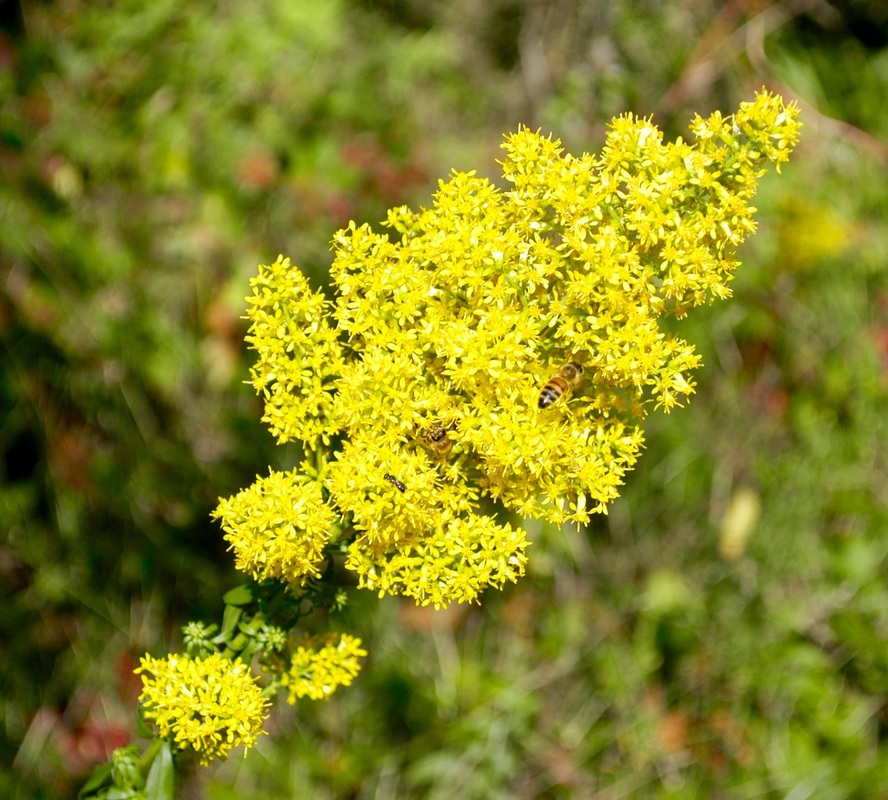Notable Native Herbs
The definition of a native herb. for purposes of the Herb Society of America's Native Herb Conservation Committee, follows:
The term ‘native herb' refers to mostly seed-bearing, generally fleshy annuals, biennials, and perennials, aromatic or useful shrubs, vines and trees that grew naturally in this country, without the influence, accidental or intentional, of man, prior to European settlement. The defining characteristic for these plants is their usefulness, past or present, including their value for flavoring, medicine, ornament, economic, industrial, or cosmetic purposes. Spices, traditionally defined as aromatic parts derived from the bark or seeds of a plant, are also included depending upon their history and uses. Excluded from this definition are crop vegetables and hardwood trees used for lumber.
And now, on to those native herbs selected as Notable Natives:
Notable Native
|
Notable Native
|
Notable Native
|
ADDITIONAL NATIVE HERBS
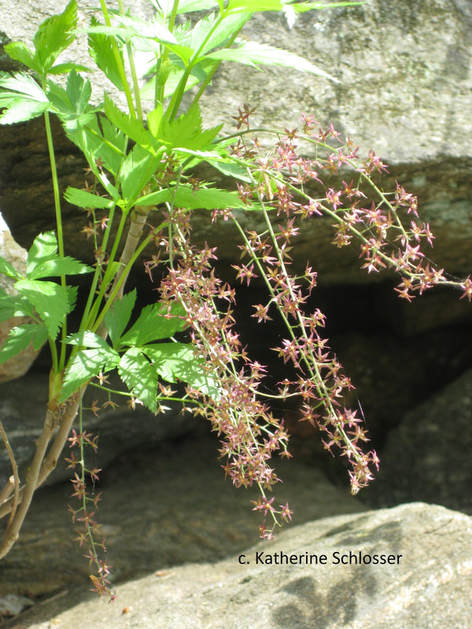
Yellow root, Xanthorhiza simplissima
Grows up to 3' tall in full sun to partial shade. Often found growing on steam banks, it will actually tolerate drought and dry soil too.
Beautiful dark maroon flowers with yellow center. Pale green leaves.
The roots are a deep, bright yellow and very bitter. The root has been used as an astringent and blood tonic. A tea made from the roots is used to treat mouth ulcers, stomach ulcers, colds, jaundice and more. Caution is advised in the use of this plant as large does can be toxic (check to determine what "large doses" means before consuming!). The root contains the alkaloid 'berberine' which is anti-inflammatory, astringent, antispasmodic, immuno-stimulant, uterine tonic and antimicrobial.
The NC Unit of The Herb Society of America, Inc. does not recommend consuming plants from the wild, nor from your garden if you cannot absolutely identify the plant to genus and species. Also, many reported uses are historic and reflect a time when little was known about toxicity.
Photo: c.Katherine Schlosser
